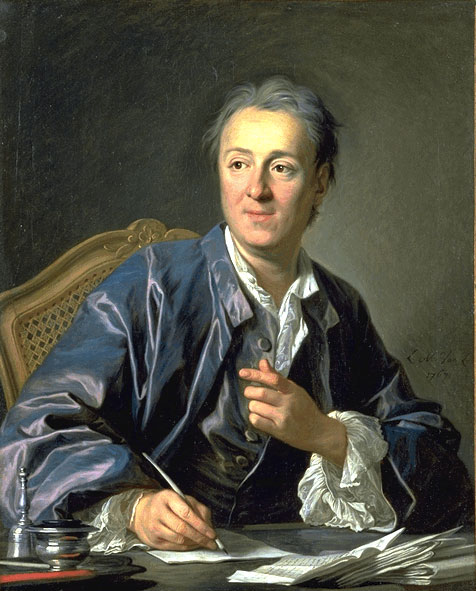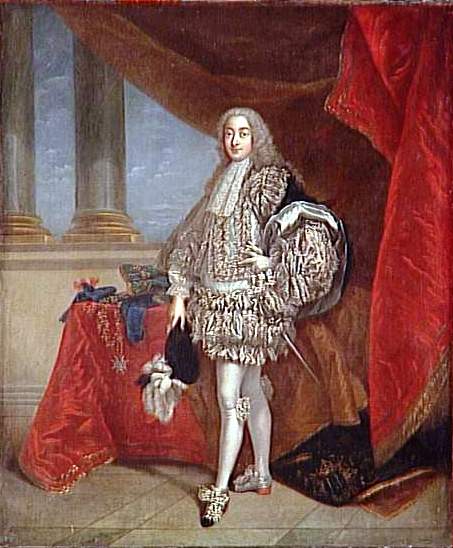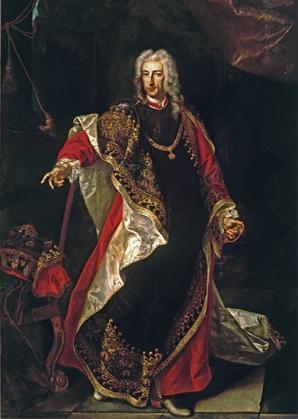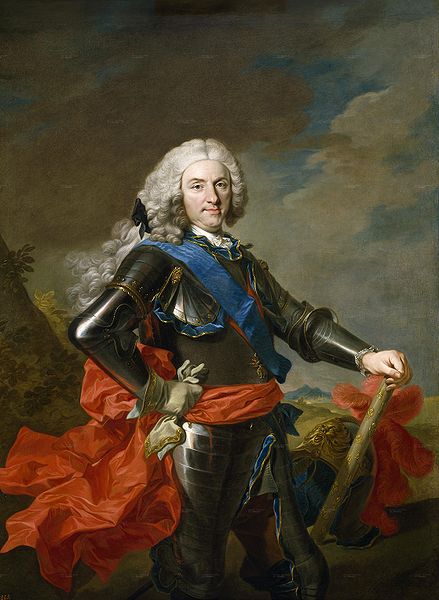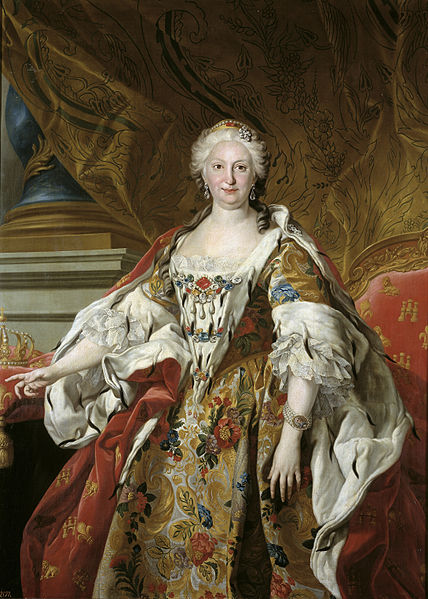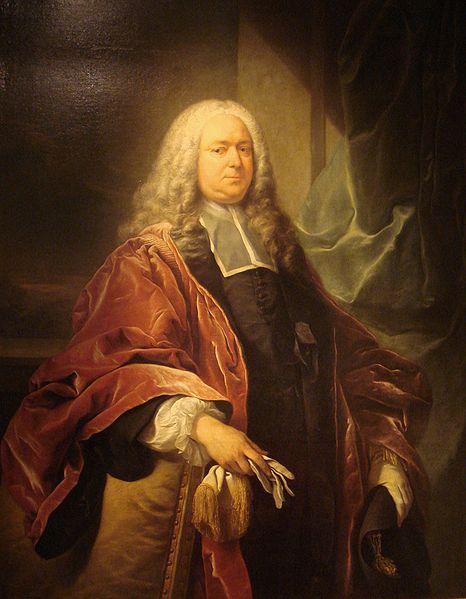<Back to Index>
- Painter Jean - Baptiste van Loo, 1684
- Painter Louis - Michel van Loo, 1707
PAGE SPONSOR
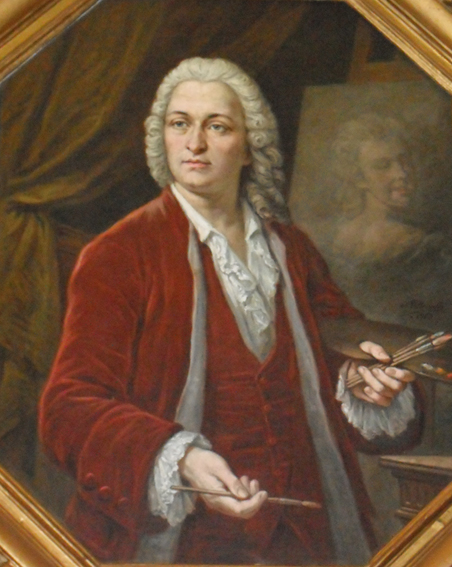
Jean - Baptiste van Loo (14 January 1684 – 19 December 1745) was a French subject and portrait painter.
He was born in Aix - en - Provence, and was instructed in art by his father Louis - Abraham van Loo, son of Jacob van Loo. Having at an early age executed several pictures for the decoration of the church and public buildings at Aix, he was employed on similar work at Toulon, which he was obliged to leave during the siege of 1707.
He was patronized by the prince of Carignan, who sent him to Rome, where he studied under Benedetto Luti. Here he was much employed on church pictures, and in particular executed a greatly praised Scourging of Christ for Santa Maria in Monticelli. At Turin he painted Charles Emmanuel II, Duke of Savoy, and several members of his court. Then, moving to Paris, where he was elected a member of the Académie Royale de Peinture et de Sculpture, he executed various altar pieces and restored the works of Francesco Primaticcio at Fontainebleau.
In 1737 he went to England, where he attracted attention by his portrait of Colley Cibber and of Owen McSwiny, the theatrical manager; the latter, like many other of van Loo's works, was engraved in mezzotint by John Faber Junior. He also painted Sir Robert Walpole, whose portrait by van Loo in his robes as chancellor of the exchequer is in the National Portrait Gallery, London, and the prince and princess of Wales. He did not, however, practice long in England, for his health failing he retired to Paris in 1742, and afterwards to Aix, where he died on 19 December 1745. His likenesses were striking and faithful, but seldom flattering, and his heads are forcible in coloring.
Two of his sons were notable painters, Louis - Michel van Loo (1707 – 1771) and Charles - Amédée - Philippe van Loo (1719 – 1795).
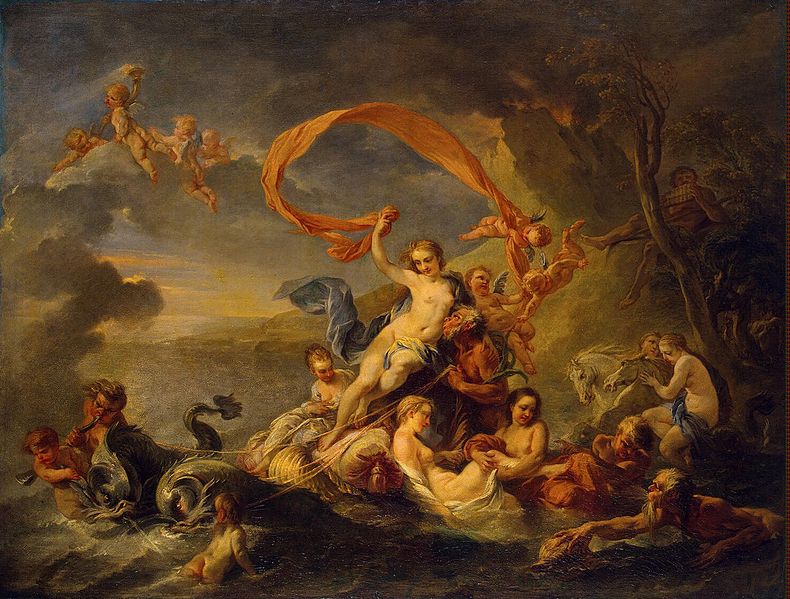
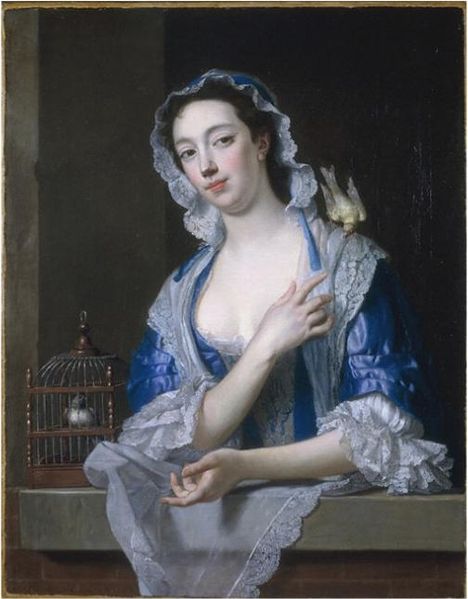
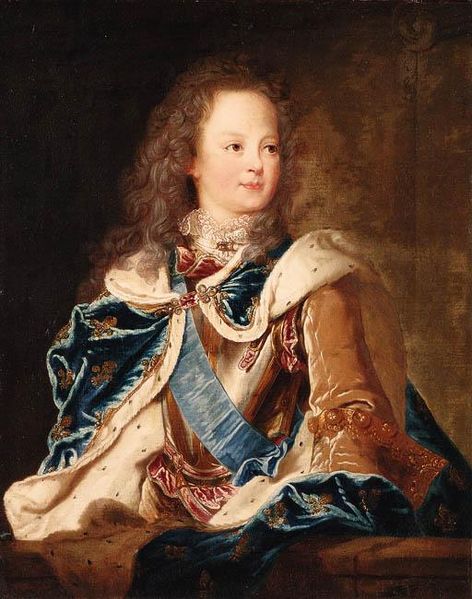
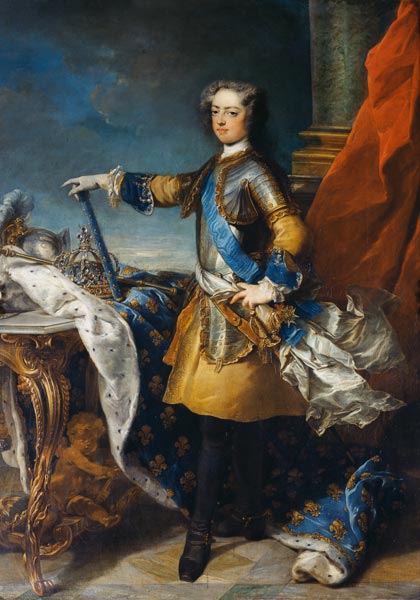
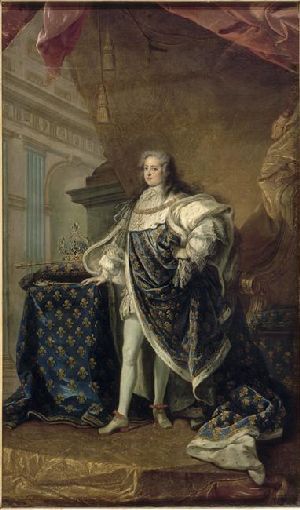
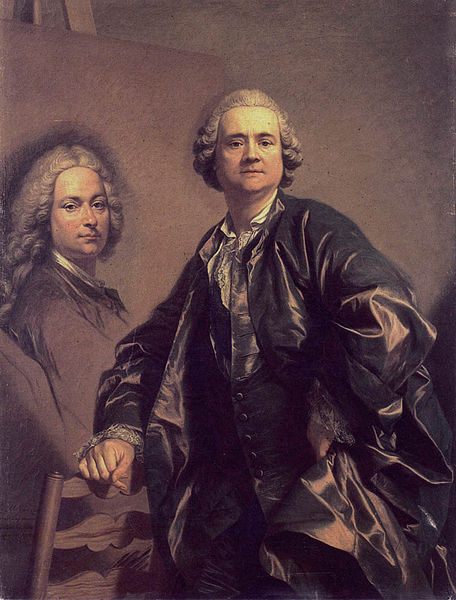
Louis - Michel van Loo (2 March 1707 – 20 March 1771) was a French painter.
He studied under his father, the painter Jean - Baptiste van Loo, at Turin and Rome, and he won a prize at the Académie Royale de Peinture et de Sculpture in Paris in 1725. With his uncle, the painter Charles - André van Loo, he went to Rome in 1727 – 1732, and in 1736 he became court painter to Philip V of Spain at Madrid, where he was a founding member of the Academy in 1752. He returned to Paris in 1753, and painted many portraits of Louis XV of France. In 1765 he succeeded Charles - André as director of the special school of the French academy known as the École Royale des Élèves Protégés. In 1766 he made the portrait of the Portuguese statesman Sebastião de Melo, Marquis of Pombal.
Among his brothers were the painters François van Loo (1708 – 1732) and Charles - Amédée - Philippe van Loo (1719 – 1795).
